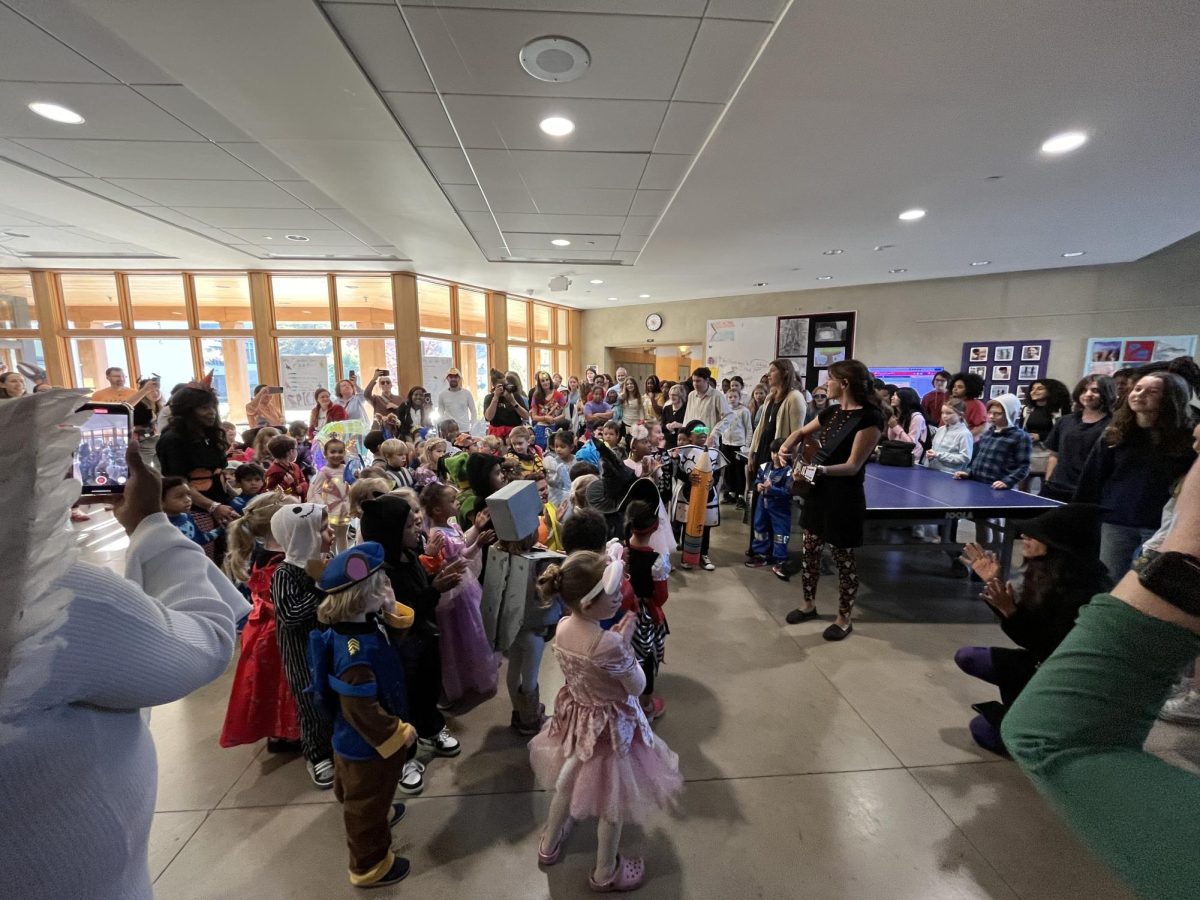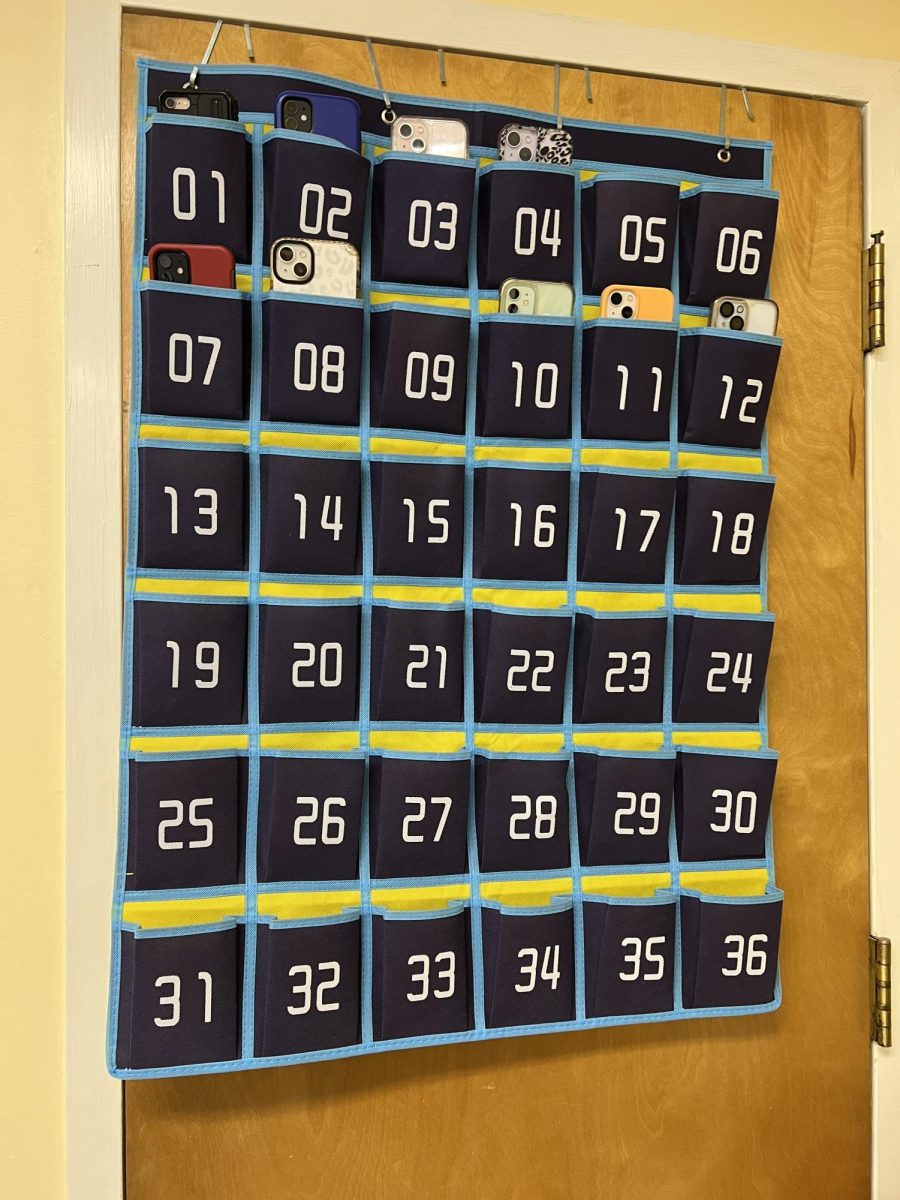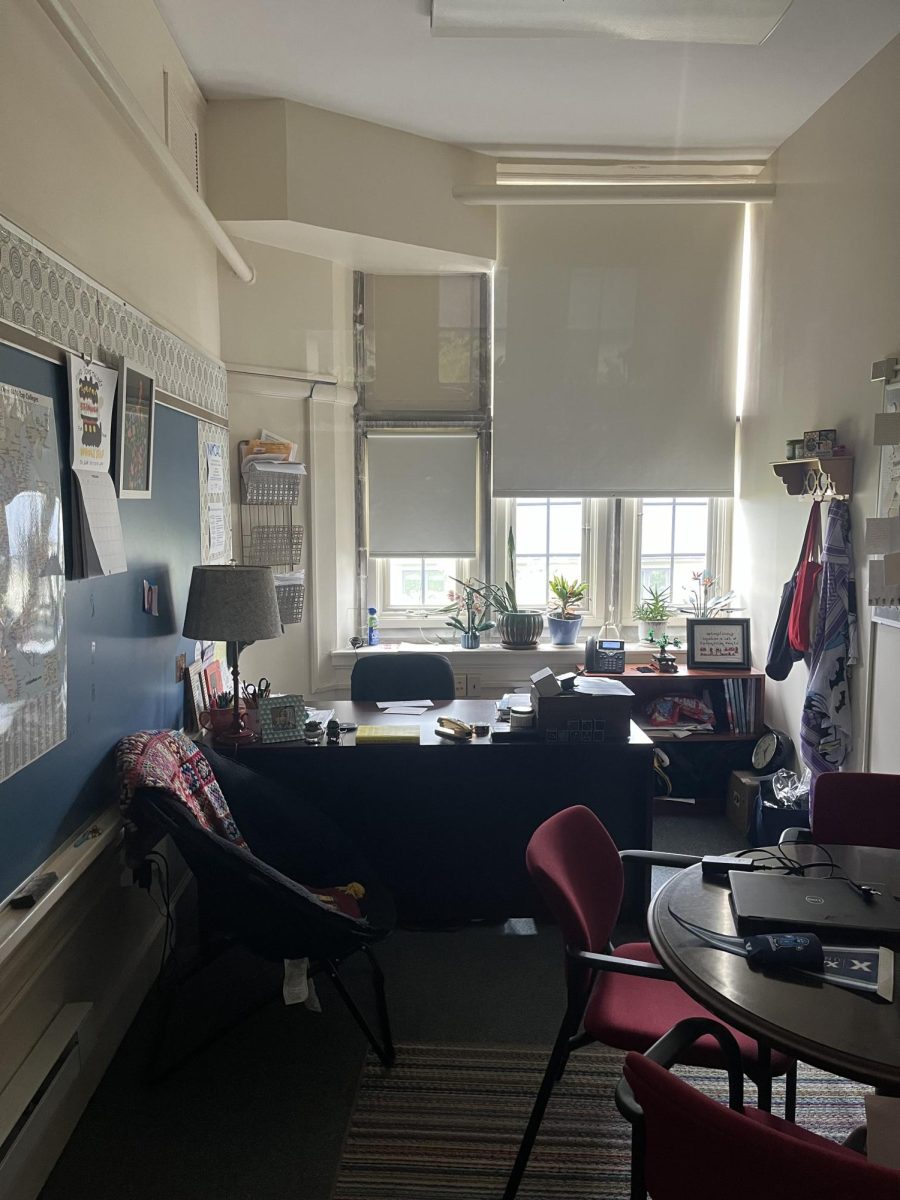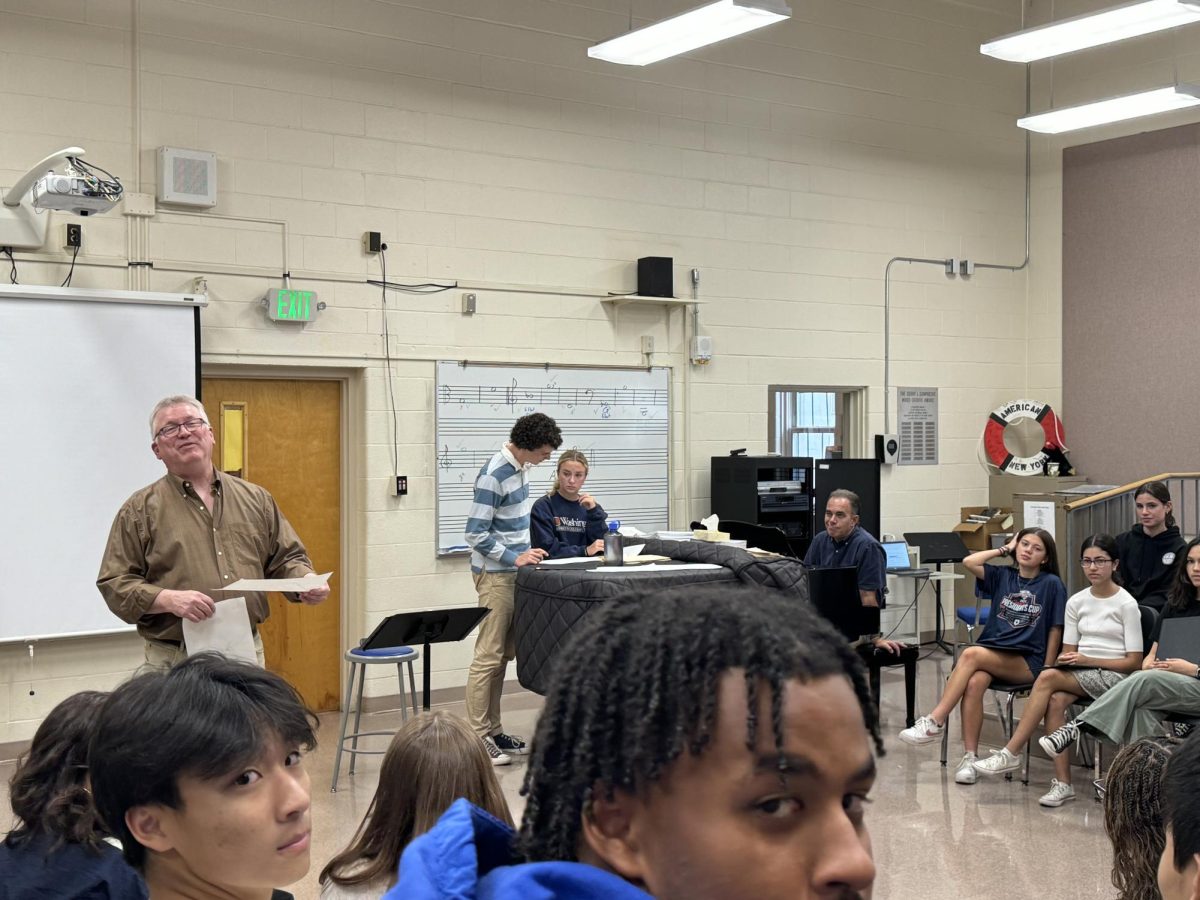The Whys of the New Schedule
The origins, and discontents, of Friends’ six-day, post-covid schedule
December 1, 2021
The schedule is one of the most important aspects of student life at Friends. It determines everything from how often we get to sing in chorus to how late we have to stay up doing homework.
When we returned to school this fall, after the worst of the pandemic, lots had changed – including the schedule. Many students, especially upperclassmen, assumed our new six day rotating schedule was a direct response to the pandemic. But really, it was in the works long before that.
“The schedule we are living now was supposed to start earlier,” explains Travis Henschen, Dean of Student Life. “The scheduling process started before the pandemic, but then the pandemic happened and we had to make a brand new temporary schedule” – last year’s 5-day schedule for virtual and hybrid learning.
Emergency change; deliberative change
The difference, Mr. Henschen says, is that while the 5-day schedule was something the school adopted quickly, as an emergency measure, the 6-day one was the product of years of careful reflection and planning.
“The school had also contracted a consulting firm to help us through a design process,” says Henschen. “So they went through with the community and tons of community constituents.”
This consulting firm asked the community what they wanted out of the schedule through surveys and conversations. Then, they began to work on prototypes. A scheduling committee, made up of teachers, department chairs, and administrators, studied these, deliberated on them, and made adjustments. (Henschen himself was not on the scheduling committee, and neither were students.)
One of the committee’s aims with the new schedule was to be mindful about what pediatricians recommend in terms of adolescence sleep.
“The National Association of Pediatricians recommends that schools start no earlier than 8:30 am, so that’s why we allow when you don’t have an L block you can come in by 8:50,” explains Mr. Henschen, “so that’s another reason why our day goes later than some other schools.”
Student dissatisfaction
Clearly, there has been a lot of thought going into the making of our schedule. Even so, students express an overarching distaste for the schedule – particularly seniors in the midst of the college process.
When I spoke with her in October, senior Charlotte Wilner described the schedule as “a real shock”. Charlotte shared the popular opinion of how difficult the schedule has made the transition back to school.
“Yea, I like the other [schedule] better cause it was more rare that we actually had the same class two days in a row, so it gave you more time to get your stuff done, and now we don’t have that extra time and a lot of teachers forget that; and especially senior year with like college stuff, it’s just too much to do” Charlotte said.
Charlotte was certainly not alone in feeling this way. As I was interviewing Charlotte, a crowd of seniors looking for answers gathered around me. One of which remarked “The schedule makes me hate going to school”. Along with the lack of time to get work done during the day given the frequency of classes, I wanted to know other critiques for the schedule.
“Probably how little time we have for lunch, like if you have chorus and stuff” said Charlotte when I asked her to describe the part of the schedule she liked the least. At this time many of the other seniors in senior hall shouted out “why is advisory longer than lunch”? Many students felt that if you had an M block and had to buy food from the cafeteria, students only realistically had ten minutes to eat lunch. Luckily, this is an issue that was resolved as of November 1st.
When hearing these critiques it’s important to remember that the general dislike for the schedule is not solely a senior issue.
“Yea I would definitely say lunch should probably be longer.” said freshmen Isabella Wilkes when I spoke to her in October, “ I know if I wanted to pick up an M block I would not have enough time”. This highlights the biggest downfalls of the schedule, it disproportionately focused on class time over the quality of student life.
“I don’t think there will be any major schedule change during the school year”, “I foresee discussions about it and maybe some minor tweaking” said Mr. Henschen when I asked if he thought there would be any changes to the schedule in the near future. Even though Mr. Henschen said this in October, this alluded to the changes made to the schedule as of November 1st.
“One of the other benefits was that it increased the frequency of class sessions, which faculty felt would be good for learning…” said Mr. Henschen. While class frequency is important, so are things like M block and after school activities such as sports. The schedule we had in the beginning of the year made it harder for students to get involved in these extracurricular activities because of the sheer intensity added to the school day, created by the schedule; to the point where students feel like they simply wouldn’t have time to pick up these extracurriculars.
For upperclassmen already committed to certain extracurricular activities, the intensity of the schedule made it hard to balance the college process while trying to succeed academically. For underclassmen, it discouraged them from getting involved in extracurriculars which are a crucial part of the Friends School experience.
November 1 changes
Recently, the upper school schedule has undergone changes in attempts to ease the “growing pains”, as principal Mr. McManus called it in his email to the upper school, caused by the previous schedule. Now, class time has decreased by five minutes. This has two major ripple effects: lunch is fifteen minutes longer, and there is a little bit less class time.
Lunch being longer has been huge for students particularly those with M block classes. This change will hopefully encourage students to get more involved with extracurriculars because it feels more manageable in the context of the workload of the day. Class time being slightly decreased will also help ease the fatigue that comes with having four classes a day.
Additionally, Day 2 advisory was swapped with extra help. This change will be another thing that will help students manage class intensity. This change is especially useful in the context of having a four class day because it allows students to catch up on work.
Hopefully, the new and improved schedule will serve its purpose; to ease the growing pains experienced by a wide range of students.
Extra?
In conducting interviews, there were a lot of concerns for how exactly this schedule is more COVID conscious than the old 10 day schedule. Many disliked the scheduling changes brought to the beginning of the school year and thought COVID was to blame.
“The schedule itself wasn’t designed to promote COVID contact tracing, but however, what we do within the schedule has more to do with that” said Mr. Henschen. If COVID didn’t affect our schedule, then what did?



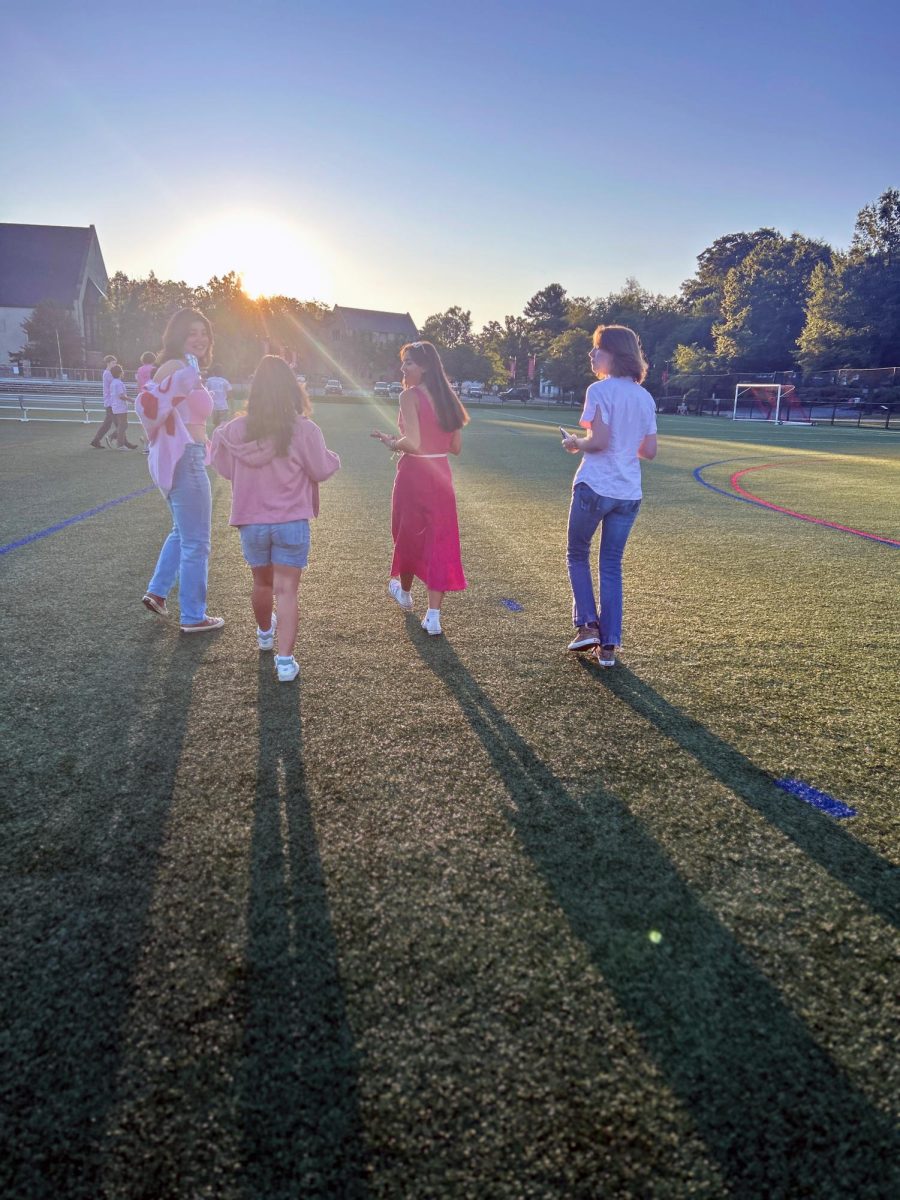





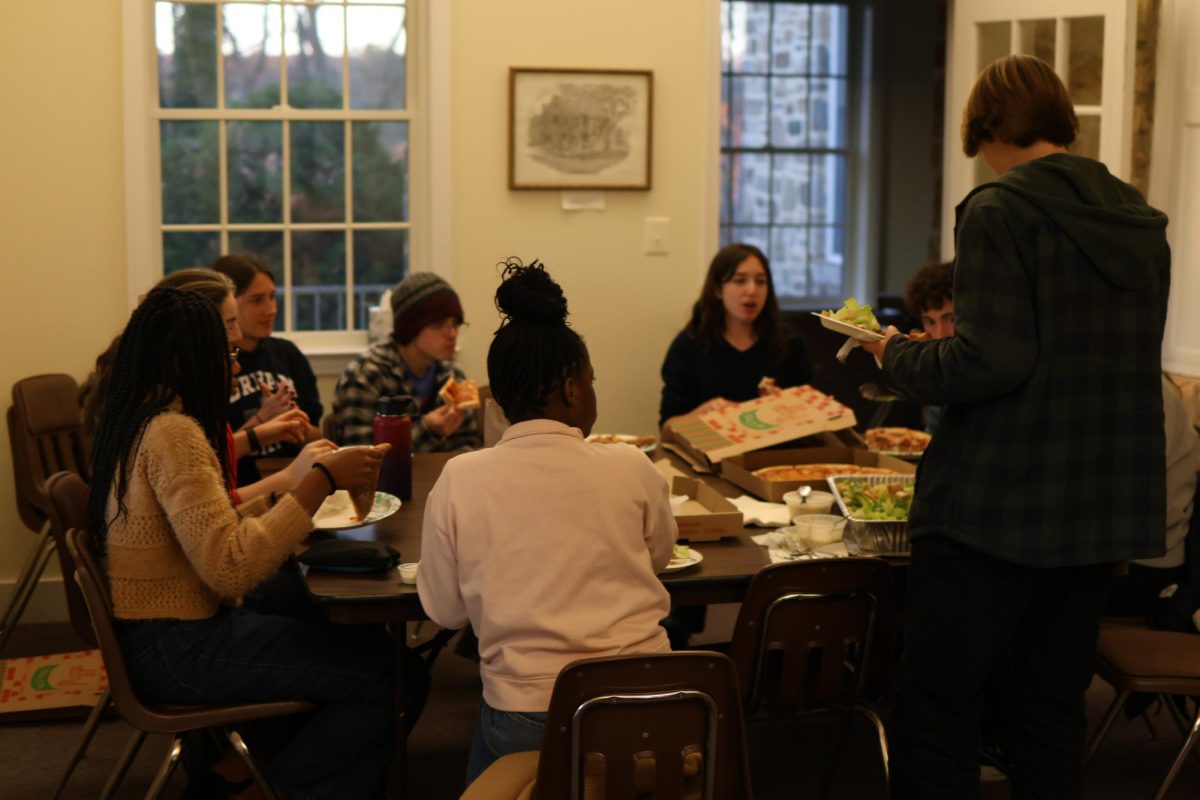

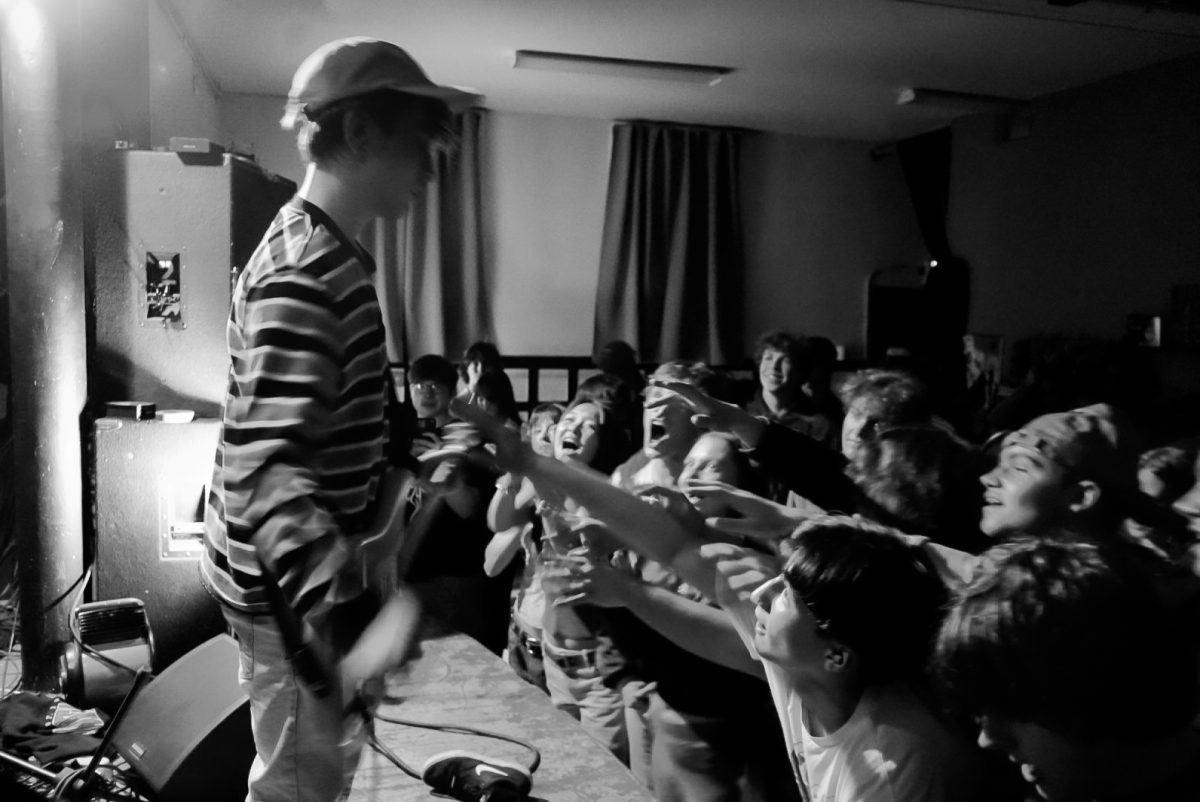

![How Freestyle Club Began [Podcast]](https://thequakerquill.org/wp-content/uploads/2025/05/charly-alvarez-Jv9untmB7G4-unsplash-1200x800.jpg)
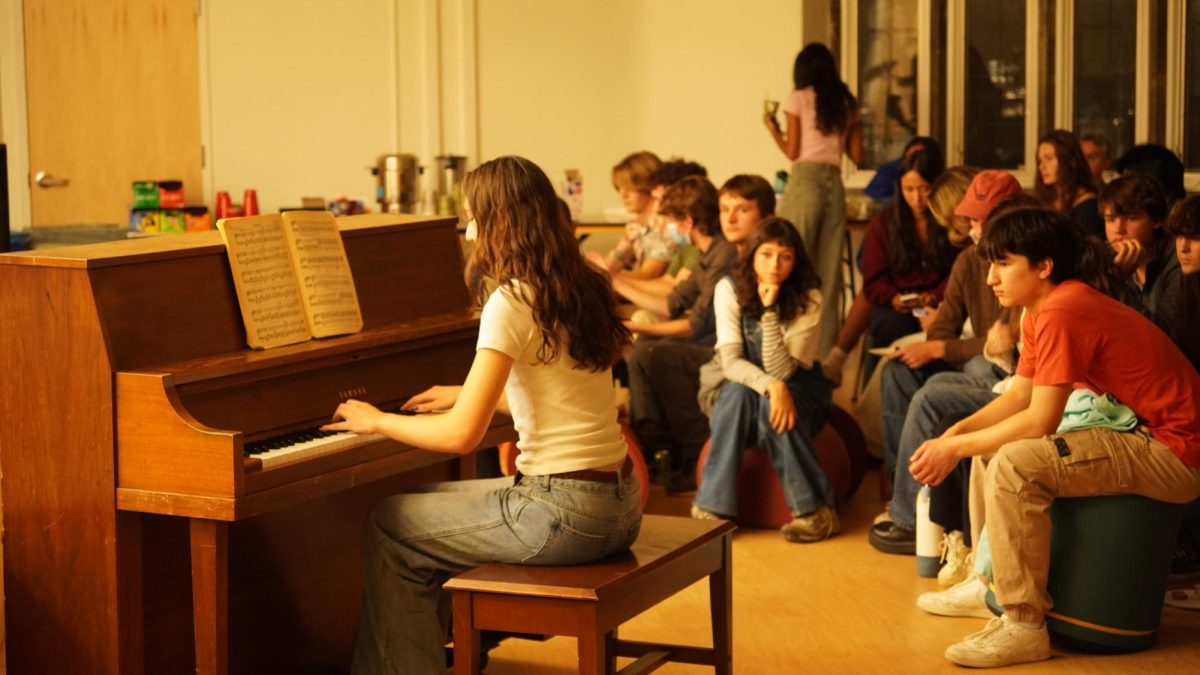
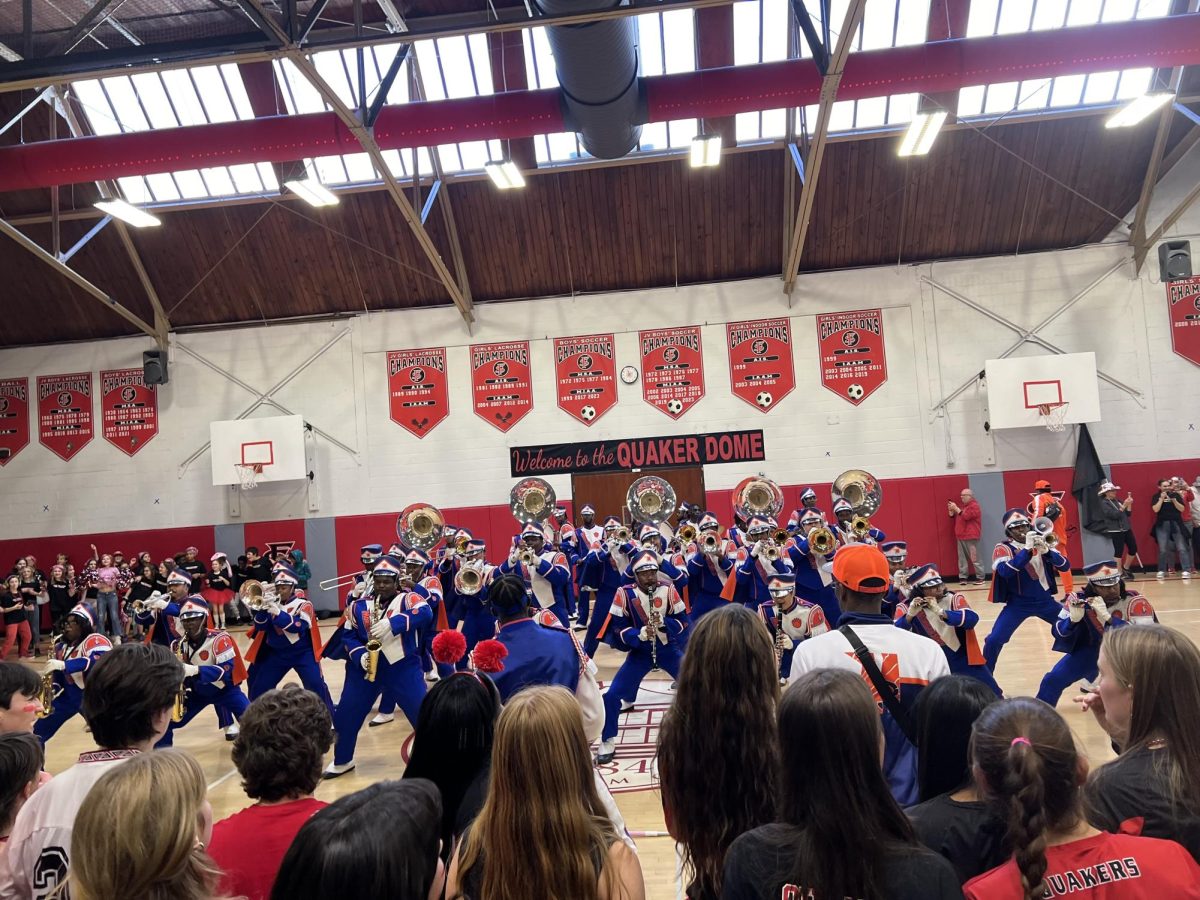
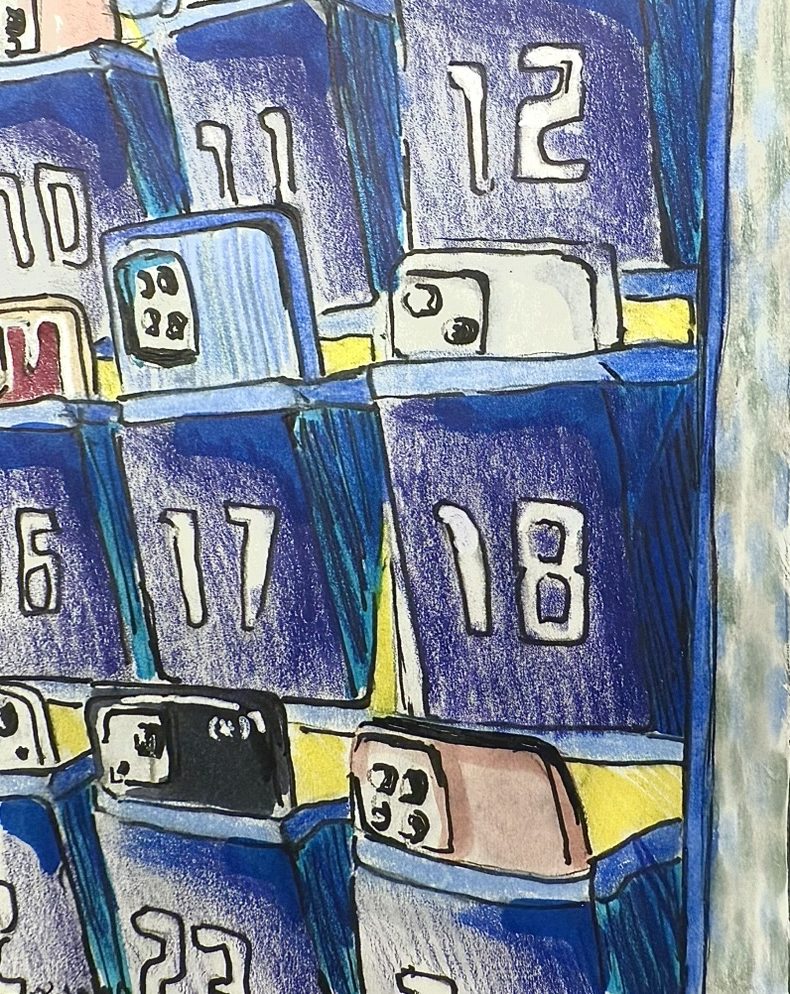
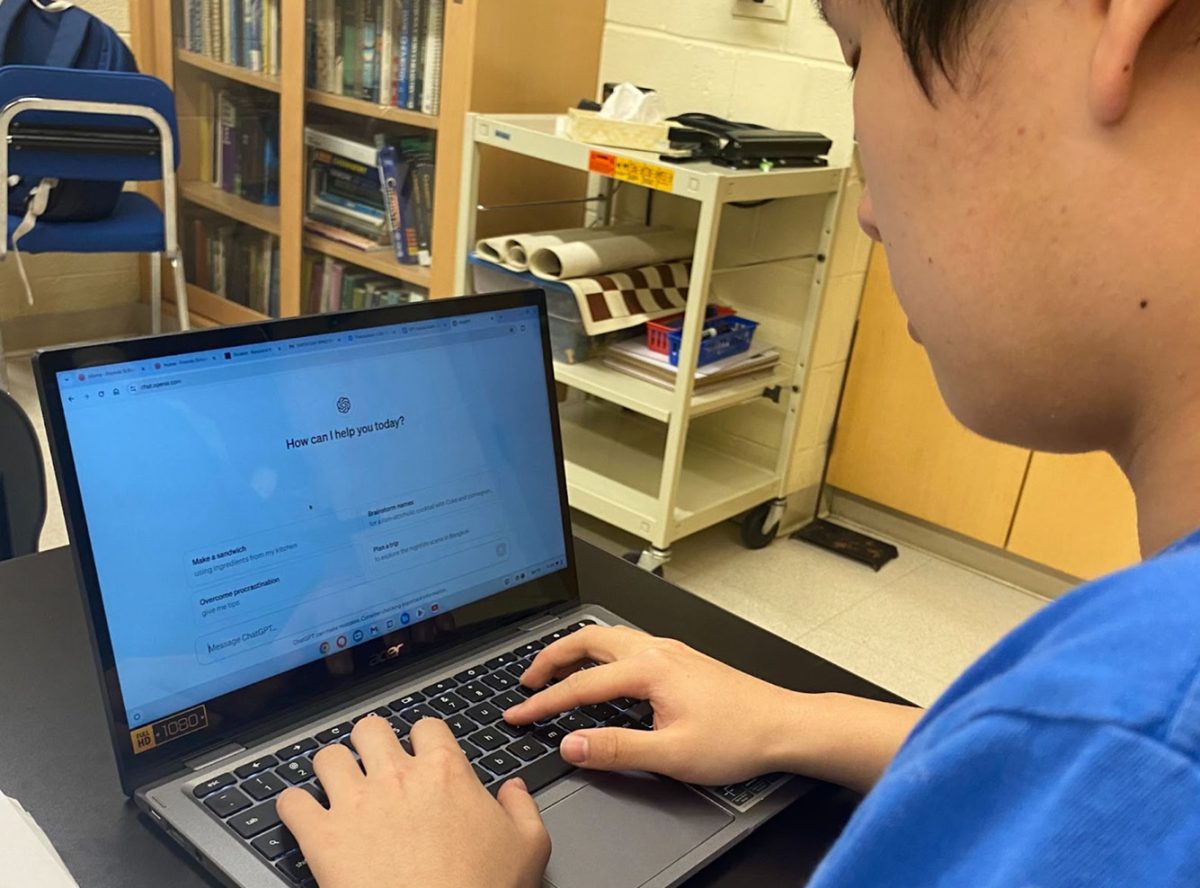













![A Phone Ban at Friends? [Podcast]](https://thequakerquill.org/wp-content/uploads/2025/05/magenta-VrRT19_ZjUY-unsplash-1200x900.jpg)













